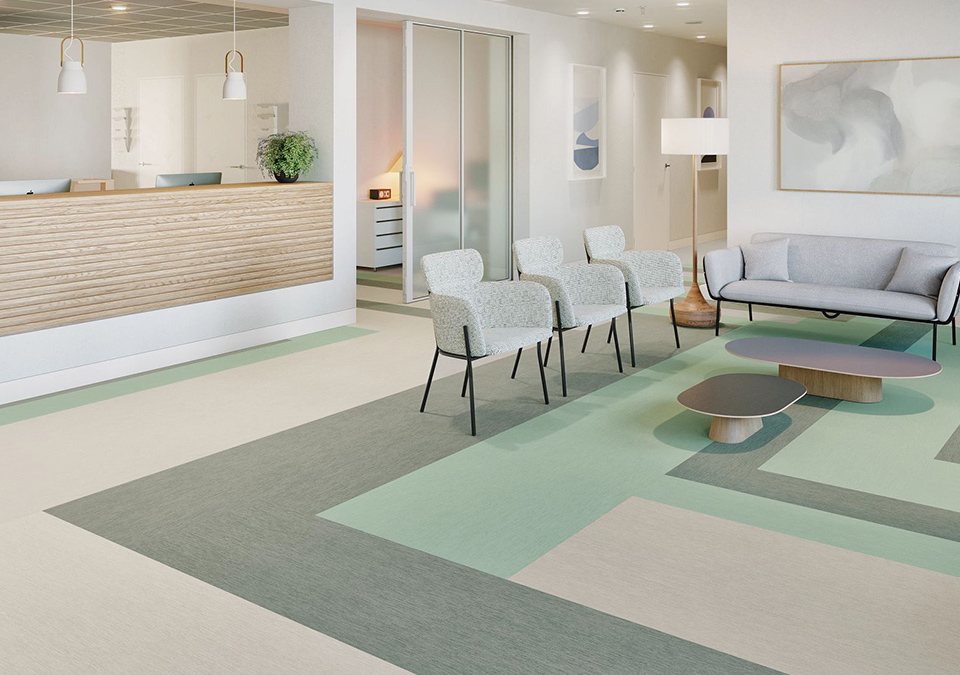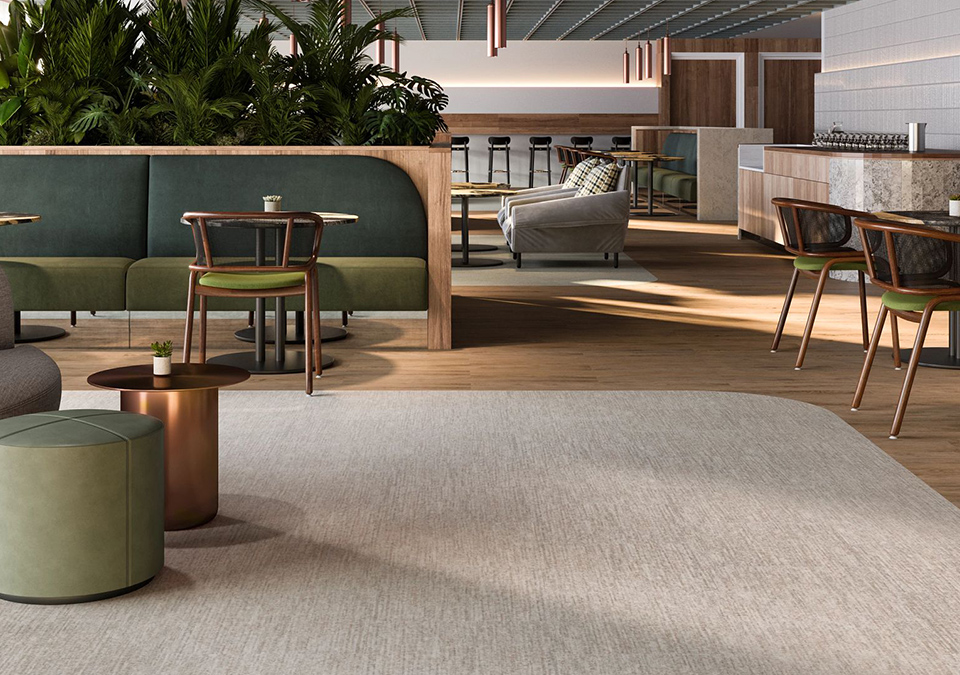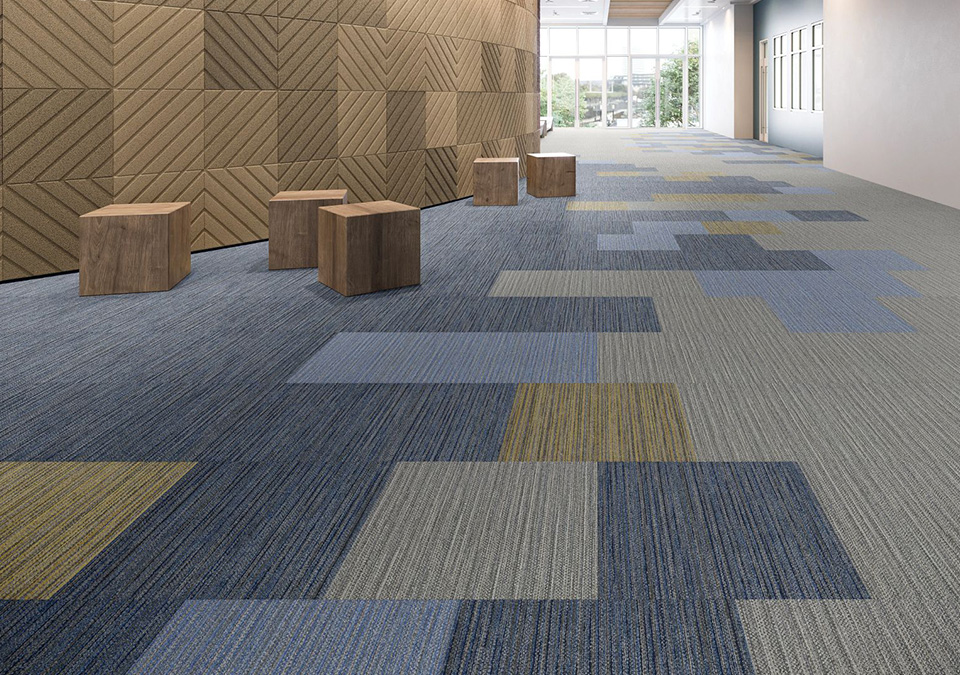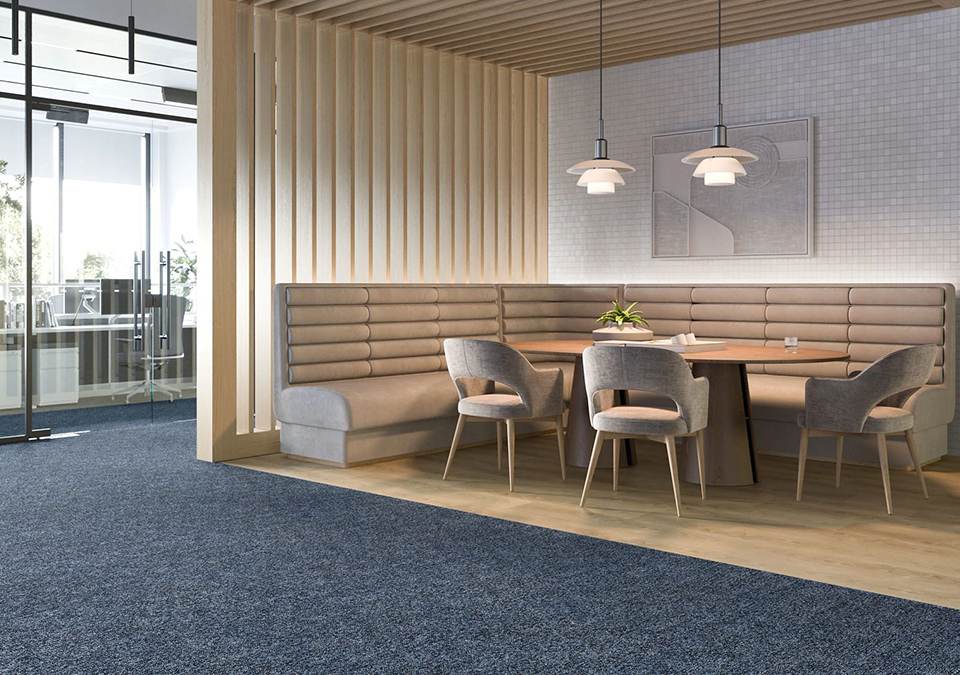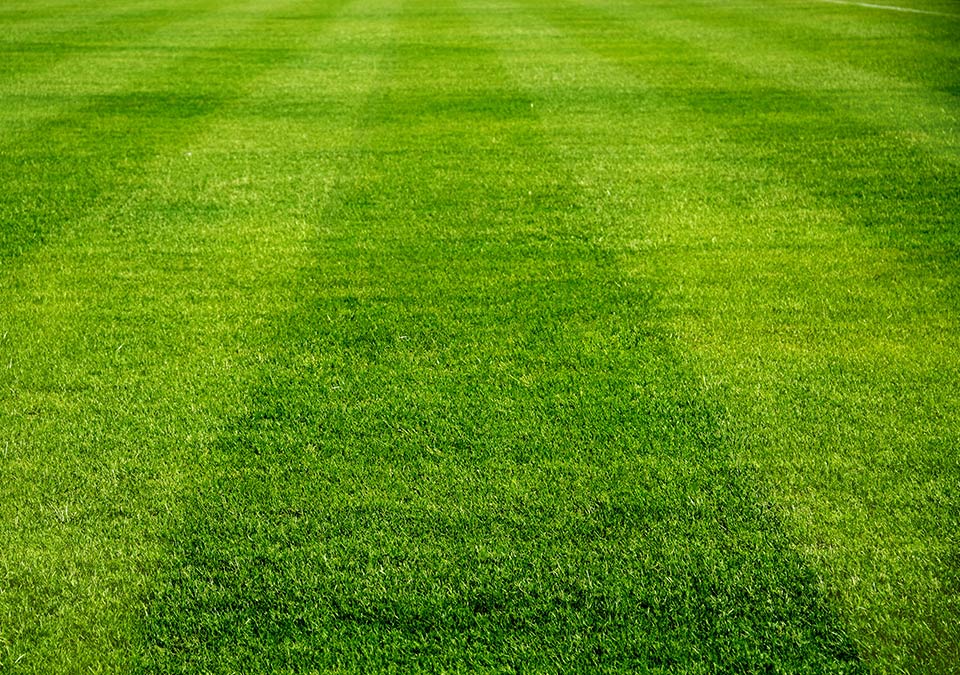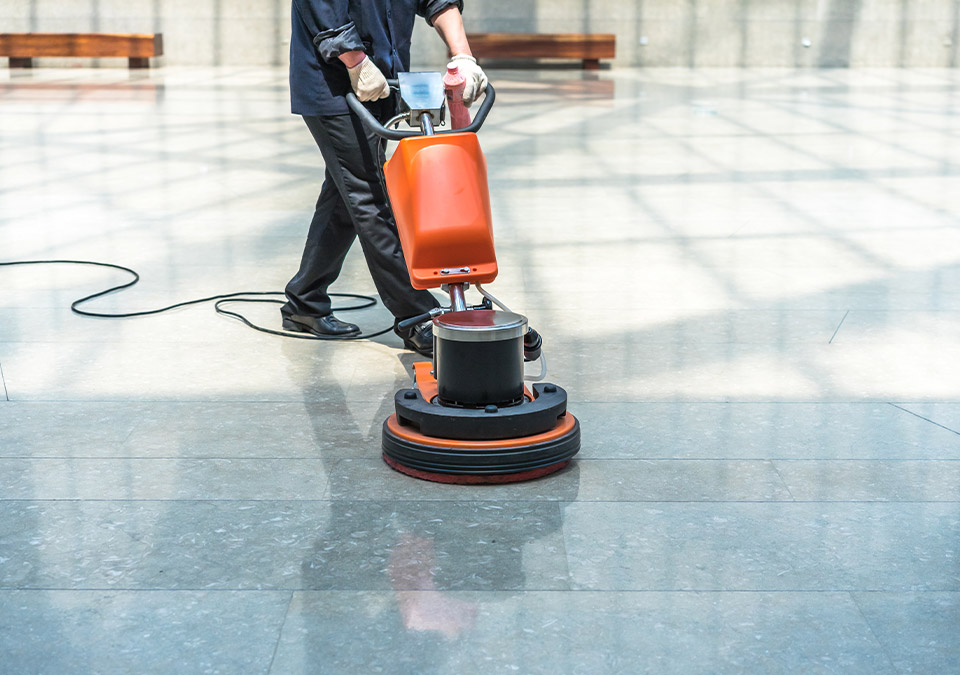If you’re looking for resilient commercial flooring, vinyl flooring has a variety of products that offer optimum durability. Two of the most highly sought-after choices are Vinyl Composition Tile (VCT) and Luxury Vinyl Tile (LVT). Today, we’re examining the differences and similarities between these two products and which flooring best suits your commercial space.
Vinyl Composition Tile
Originally, VCT was referred to as vinyl asbestos tile or VAT due to the use of asbestos in the product. However, you can rest assured that VAT products were ultimately discontinued and have evolved into the VCT products we know today. VCT, a combination of vinyl and limestone fillers, is most often sold in 12 x 12 squares. Despite its name, VCT contains a relatively low quantity of vinyl contents, with its primary purpose being to hold the limestone together. Yet, this is also the reason for its low overall cost.
VCT maintenance requires a cross-link acrylic finish (often simply referred to as “wax”) applied to the surface. If VCT is left unprotected, it will easily scratch over time. Unfortunately, applying and maintaining wax on VCT is very expensive over the lifetime of ownership. However, VCT can be a durable and long-lasting product if adequately maintained. For example, I recently visited a hospital where our Commercial Flooring & Interior Concepts team installed VCT in the elevator lobby. After almost twenty years, the floor had held up very well despite the high-traffic nature of the area.
Of course, the colors of the product were a little dated, which is another drawback of VCT as its complex make-up limits its visual appearance. Yet, this shouldn’t be an issue for those looking for a simple, cost-effective, durable product that won’t mind paying a little extra for maintenance.
Luxury Vinyl Tile
LVT is another type of vinyl flooring that compares to VCT in durability and resilience. Yet, unlike VCT, LVT can be made with monolithic layers, almost like a sandwich. First, the product has a bottom vinyl layer, allowing for flexibility to minor undulations on the floor. This is then followed by a printed film layer that provides the product’s visual before it is topped off with a wear layer that often has embedded ceramic chips in the finish for durability. LVT also has a higher vinyl content than VCT and is more scratch and indentation resistant.
One of the major draws for LVT is the variety of styles it offers. On the printed layer, customers can choose from wood grain, stones, ceramic, and even concrete digital prints to achieve any desired look, often at a fraction of the cost of the real thing. When it first hit the market, LVT prints were created with analog photography and were not very popular. However, LVT printing has shown significant advancement in recent years, and today the products can look so much like the raw materials they mimic that it’s hard to tell the difference.
Compared to VCT, LVT has a higher price point, especially when it comes to installation. However, unlike VCT, LVT does not need to be waxed and requires less maintenance than VCT. Therefore, customers typically consider it the more cost-effective solution long-term.
Are you interested in VCT or LVT products? Our Commercial Flooring & Interior Concepts team has been leading experts in the industry for over fifteen years. From concept to completion, we can work with you or your contractor to develop a commercial flooring plan of action for a new or existing space. Contact us today for a free quote!

